The right workplace dress code is about being accepted at work, earning the respect of your office mates, winning over that important client, and even showing up to the office party looking glamorous.
In this blog post, we will delve into work attire etiquette and discuss workplace dress code dos and don’ts, if there is even such a thing. Let us begin.
What is the Workplace Dress Code?
A workplace dress code is a way of dressing and attire that is meant to be worn to the workplace.
Workplace attire can exist in different forms depending on the nature of the job and the environment in which it is carried out.
Types of Workplace Attire
The main types of workplace attire are the following;
Casual work attire
This type of work attire is worn in informal office settings or where the nature of the work dictates it.
Casual work attire examples include; Solid Colour T-shirts, Graphics T-Shirts, Polo Shirts, Loafers, Open shoes, Jeans, Khakis and Shorts to mention a few.
Jobs that can be done in casual attire include but are not limited to; Freelance Photographers, Music Producers, Musicians, Graphic Designer, Electrician, Freelance Writer and Tattoo Artists.

Smart Casual work attire
This type of work attire is a blend of casual work attire and more trendy attire choices.
Smart casual attire often communicates that the wearer is conscious of their dress choice and presentation.
This attire is worn in informal office settings but is also seen a lot in offices where the bulk of the workforce is made of Generation Z.
Examples of smart casual attire include but are not limited to; Jackets, button-down shirts, shirts with collars, blazers and khaki trousers to mention a few.
Office settings where smart casual attire is acceptable include; Software Engineer Jobs, Teaching Jobs, Remote Jobs, Real Estate Jobs, Fashion Designer Jobs, Fashion Stylists and Beauticians.
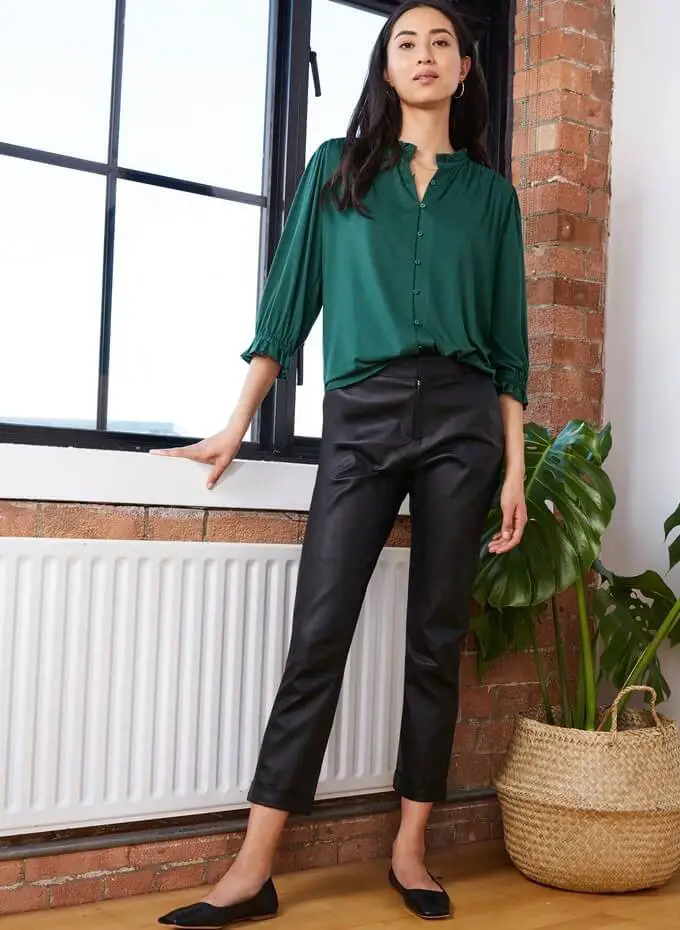
Business Casual
Business casual attire is worn in office settings where the vibe of the workplace is a bit relaxed but not to the extent of smart casual.
Office settings that require strictly formal attire sometimes let their employees dress in business casual attire during office events like end-year parties, staff retirement parties and other relaxed office events.
Examples of business casual attire include; Blazers, Sweaters, Button-down shirts, Coats, Loafers, Dress Shoes and Skirts to mention a few.
Office settings that accept business casual attire include; Data Analyst, Restaurant Jobs, Retail Jobs and Social Media Marketing Jobs.
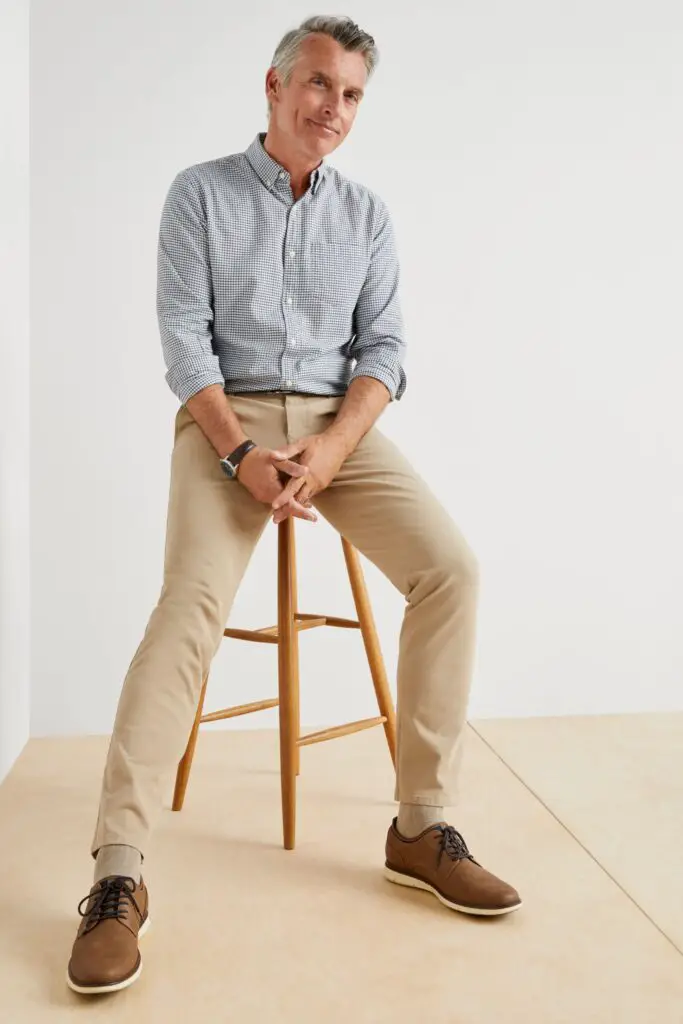
Business Formal
Business formal attire is worn to office settings where it is important to present to clientele a professional front.
Examples of business formal attire include but are not limited to; dark suits paired with ties, skirt suits, dress shoes and formal flats or heels.
Examples of workplaces that require business formal attire include; Law firms, Insurance Companies and Banks.

Types Of Work Environments
Work attire etiquette depends to a large extent on the nature of the workplace, for that reason, let us examine a few different workplaces.
Traditional Office Setting
This type of workplace is often what comes to mind when thinking of an office.
The traditional office setting can feature open office sitting areas, cubicles and individual offices typically for managers or higher-level staff.
The traditional office setting is found mostly in banks, law firms, schools and government institutions.
Traditional office settings mostly require that staff dress in business formal work attire.
Remote Work Environment
Remote work environments are a new thing in the workspace, emerging from the COVID-19 era.
Remote staff usually work from home, while travelling using their personal computers and laptops as well as in co-working spaces.
It has been said that Remote work enhances productivity by cutting commuting costs and time wasted while commuting and enhancing a positive work-life balance.
Because of the nature of Remote work, the work attire acceptable in this type of work environment ranges from business casual to smart casual and sometimes even casual.
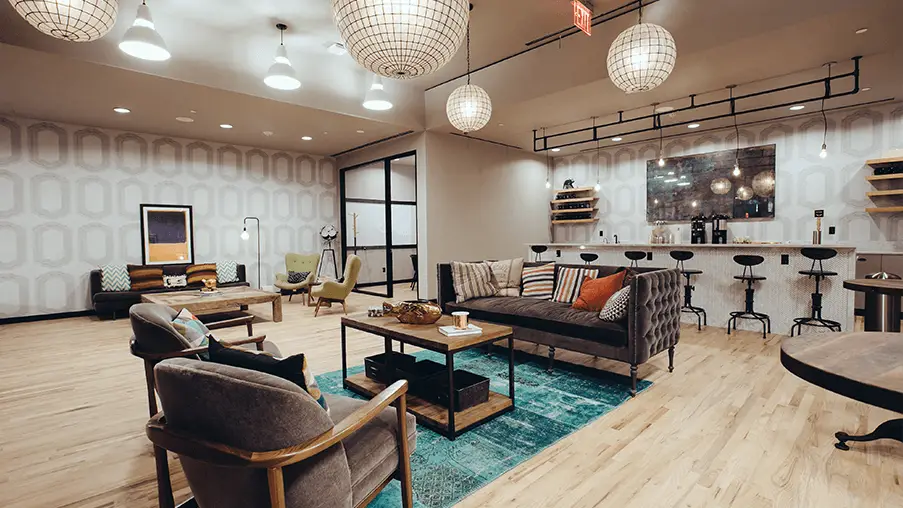
Hybrid Work Environment
Hybrid work environments are often a mix of the traditional work setting and the emerging remote work culture.
More companies are adopting this kind of work schedule to cut costs, increase productivity and enhance their staff’s work-life balance.
Based on job requirements, employees in hybrid work environments can work at home or in co-working spaces and only come to the office when their presence is required.
Most companies that have adopted the hybrid work environment accept business formal and business casual when staff come to the office and smart casual when staff are working away from the office.
Collaborative Work Environments
Collaborative work environments require staff to work together in an open and easy office setting to achieve the company’s objectives.
The collaborative work environment encourages teamwork, consultation and flexibility. Most tech startups adopt this kind of work environment.
Collaborative work environments typically accept smart casual work attire.
Creative Work Environments
Creative work environments encourage creativity and innovation.
Problem-solving skills are highly encouraged in creative work environments and small teams are often assigned tasks to do without micro-management.
Creative work environment examples include advertisement agencies, tech start-ups, music labels, studios and internet companies like Google.
Creative workspaces typically accept smart casual work attire.
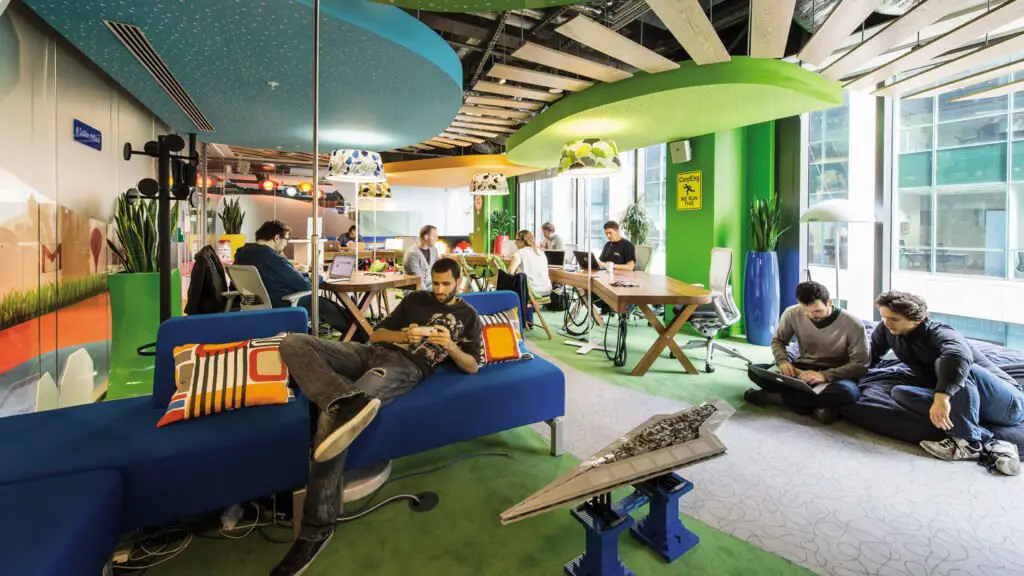
Workplace Dress Code Dos and Don’ts
Now that we’ve discussed work attire and different work environments, let us look at office dress code dos and don’ts.
Some of these office dress codes will suffice in any type of work environment you may find yourself in but some are work environment-specific.
Workplace Dress Code Dos
Workplace dress code dos are easy tips you can practice to ensure your workplace etiquette is up to accepted standards for most workplace environments.
Do Wear Fitting Clothing
Wearing fitting clothing to the workplace communicates that you took time to prepare for work and you care about your appearance.
Buggy clothes no matter how expensive or tasteful they may be will still come across as lazy and unserious.
In retrospect, wearing clothing that fits too tight will ultimately be uncomfortable.
In addition, tight clothing may reveal those areas of your body you’d be served best by not revealing at the workplace. If you get my drift.
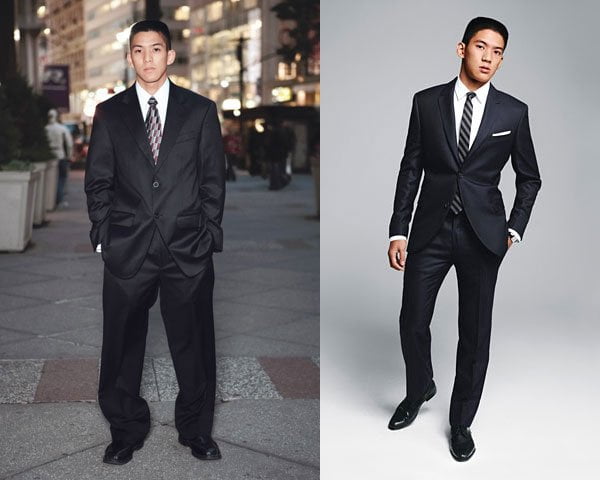
Do Wear Subtle Fragrances
Wearing subtle perfume to the workplace is important especially if your workspace is cramped or shared with several other colleagues.
Subtle fragrances don’t distract or make you the centre of attention.
Always ensure that the scent you wear to the office suffices to keep you smelling fresh all day without going overboard.
If your workmates tell you they can smell your fragrance before you walk into a room. It is probably time to invest in another less distracting fragrance.

Do Wear Understated Jewellery
While jewellery can elevate your look and make you appear elegant and trendy, too much jewellery, jewellery that shouts, extra flashy and big jewellery pieces do just the opposite.
Ensure that you pair your look with an underrated piece of Jewellery. One that doesn’t take from your outfit but rather compliments you.
A classic dress watch is often a safe bet if you aren’t quite sure about your jewellery choices.
Read our post on the only classic watches you need to know about to brush up your knowledge on types of watches and their intended use cases.
Our article on the best women’s jewellery on Amazon is a good read if you are a woman researching a few unique jewellery pieces to accessorize with.
Do wear suits to formal workplace occasions
Suits are the safest bet for any formal working environment.
In addition, if your work requires you to meet executives or clients, a suit is a good way to quietly reassure and communicate to them that you are a professional.
If you are unsure where to begin with suits, invest in a few dark-coloured suits, skirt suits for women, dress shirts, dress shoes, ties, and pocket squares.
The only suit types a man needs is a post on this website that can help any man figure out his suit game pretty quickly. Sorry ladies, a similar post is in the works for you.
Do wear the right shoes for the right occasion
Shoes are the ultimate communicator of style and refinement.
Good shoes that are fit for purpose will earn you the respect of your peers at the workplace pretty quickly. And in reverse, so will bad shoes or shoes that aren’t fit for purpose.
A good dress shoe can take you places and earn you respect in the boardroom, the same shoe worn to an office team building event will only result in jeers and laughs from your colleagues.
Fit for purpose is the word!
Helpful articles on this topic include 5 Must Have Shoes For All Men and 5 shoe types all women need.
Workplace Dress Code Don’ts
To help you fit in the workplace, here are a few things you SHOULD NOT DO.
Don’t Wear Casual Clothing To The Office
Modern workplaces are becoming more and more relaxed on acceptable dress code standards; especially technology companies.
Be that as it may, wearing casual clothing to the workplace portrays a lackadaisical attitude towards your appearance and towards the work you do.
If your workplace encourages casual clothing, be sure to wear smart casual work attire.
A little something like this can set you apart from your workmates and ensure you are taken a little more seriously by colleagues at work.
Don’t Work In Your Pyjamas When Working From Home
Remote work environments as well as hybrid work spaces encourage their staff to work away from the office and only come in when needed.
This for most people is a licence to dress however they want, especially when they are working from home. Do not be like most people.
Being productive is a mental trick, if you dress the part, your body responds with the proper hormones to help you get work done.
If however, you dress in pyjamas, your body interprets that to be personal time, and so your concentration and ability to get work done diminishes substantially.
Don’t wear too much makeup
Tasteful makeup makes a woman look beautiful and ready to tackle the day. Too much makeup communicates that you are hiding something or aren’t comfortable in your skin.
Wear understated makeup, simple yet effective.
Don’t Wear Revealing Attire
Wearing revealing attire, especially for women leads to an uncomfortable working environment. Especially if the majority of your colleagues are men.
No one likes to be taken out of context especially because of their dressing. Stay away from too-tight dresses, mini skirts and cleavage-revealing attire.
Doing so will ensure your colleagues continue to perceive you professionally and make your office life easier to navigate.
Summary
Work attire etiquette is a way of dressing that is fit for purpose and suits the office environment you find yourself working in.
Different work environments have different standards of acceptable work attire. Understanding your work environment and the different dos and don’ts of workplace dress codes will ensure your work life is easy to navigate and your time at work is enjoyable and fulfilling.
I hope that this post brings you a step closer to mastering your work attire etiquette, thank you for reading.




